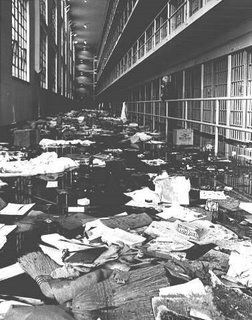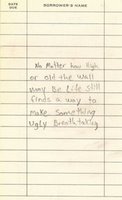any advice for christina? i know of expungement clinics in the twin cities area, but could find little online that would be helpful. after a decade of law-abiding behavior, it is sad to think that a juvenile conviction for auto theft still impedes her job search.
Christina has left a new comment on your post “ex-felon employment and expungement“:
Hello, I am 30 years old and was convicted 12 years ago when I was 17 as a adult in the state of Missouri. I have 2 class c felonies for stealing of an automobile. I am looking for any way to get an expungment as looking for a job has become exausting, frustrating and degrading. I am a married mom of 2 boys and have not been in any other trouble since then. I was released in 1998 and its now 2007 and people still look at me like I am going to steal from them. How do I do something to help myself when noone else will help me? Please someone have an answer. – Christina W. no1lefthere@cox.net
there but for the grace of god…






